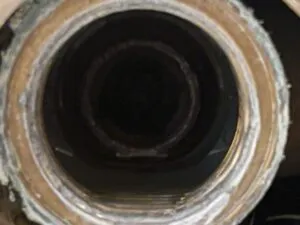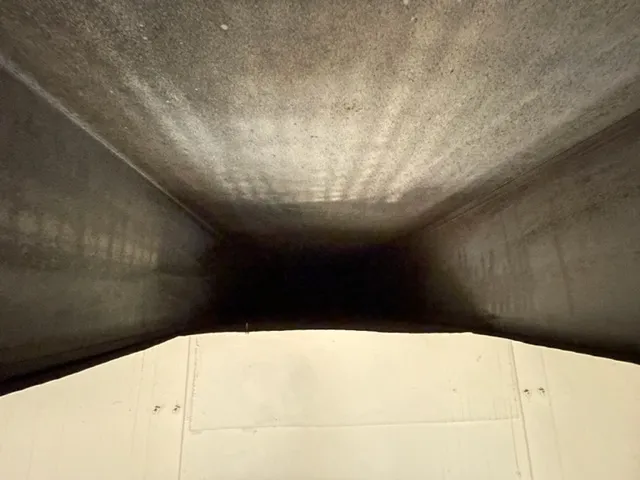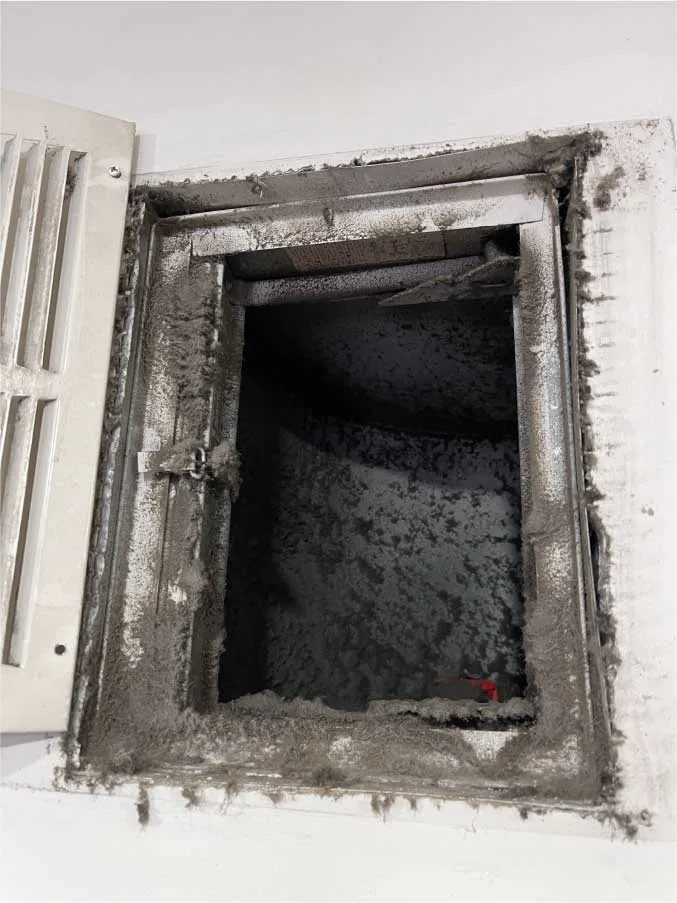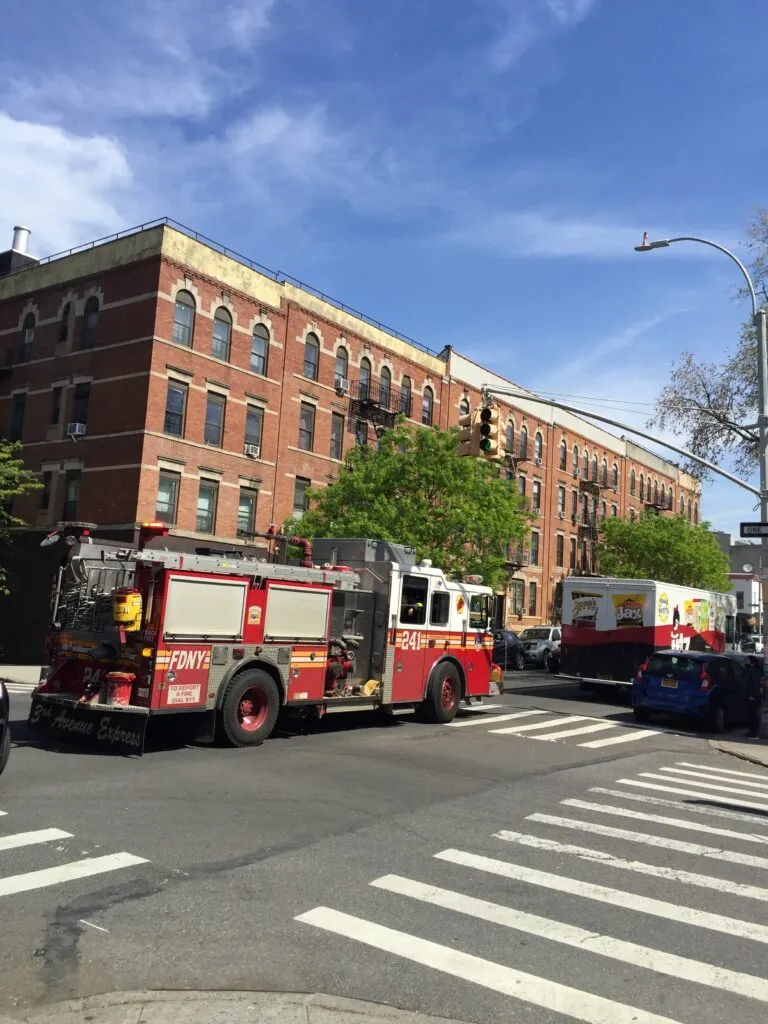What You Need To Know About Insulation and HVAC
HVAC Insulation, what to know and how it should be done. What You Need To Know About Insulation and HVAC. Insulating your air ducts can reduce your energy bills by preventing temperature loss. Insulating your air ducts also keeps moisture out of your building and improves the acoustics if they’re exposed.
Insulation Types
Let us see the different insulation types.
- Fiberglass Insulation
There are a lot of different types of air duct insulation, but fiberglass is the most common. Ductwork has R-values from 4 to 11. Insulation made from fiberglass comes in two forms: flexible and rigid.
To insulate air ducts, flexible fiberglass insulation is wrapped around the ductwork. There is a foil backing behind the outer backing that people can see if they look closely at it.
The foil keeps the fiberglass intact while acting as an insulator. The industrial-strength tape will be used to wrap the air duct insulation around the duct.
Rectangular ducts benefit from rigid board insulation. Ribbed board insulation is clamped or clasped against the ductwork. However, the best insulation material on the market is fiberglass.
A professional air duct cleaning company can inspect your ductwork and tell you whether fiberglass insulation is effective for your building or not.
- Rockwool Insulation With Perforated Metal Sheet
There’s also Rockwool, which is a soundproof alternative to fiberglass. Considering its durability, it’s a great material for insulating ductwork. The fact that it’s made of recycled materials means it’s also eco-friendly.
- Cross-Linked Polyethylene Insulation Foam
A lot of air conditioning and ventilation ducts are insulated with polyethylene. The weather-resistant nature of PE insulation makes it ideal for exposed ducts.
Due to its cost, PE foam isn’t usually used to insulate ducts hidden from view since it’s more expensive than fiberglass insulation.
- Fiberglass Insulation With Perforated Aluminum Foil
It’s wise to choose an appropriate insulation material, like a duct liner, to cut down on noise. It’s better to use perforated foil than solid foil for sound absorption.
Besides improving your home’s acoustics, this type of fiberglass is highly energy efficient, meaning you pay less for electricity. Maintenance of the ductwork and system is key, though.
- Closed Cell
Air conditioning refrigerant copper pipes and drain pipes are often insulated with closed-cell materials. The internal pipes and bodies of many air conditioners and chillers are insulated with closed cells.
Typically, closed-cell insulations are black, and they have a soft texture similar to that of a sponge, but they are smoother on the outside.
Air conditioning people don’t use the word “closed-cell” as much as they used to. Closed-cell insulation is often referred to by its brand name in the air conditioning industry.
Splits, multi-splits, and VRFs use closed-cell insulation. The refrigerant in these air conditioning systems flows through copper pipes, and the condensate water is drained through drain pipes.
It is necessary to insulate both pipes because their temperatures are low and water droplets can form. For split and multi-split air conditioning systems, closed cell insulation is usually 3/8 inch thick, whereas VRF air conditioning systems use 1/2 inch to 1-inch thick insulation.
Why You Should Insulate Your HVAC System
- Reduce Your Buildings’ Environmental Impact
In buildings, building energy consumption accounts for 33% of their energy use and 39% of their greenhouse gas pollution. But HVAC accounts for a lot of that. HVAC consumes up to 80% of a building’s energy.
To minimize a building’s environmental impact, its HVAC systems must be optimized. In addition to helping you reduce energy consumption and energy-related emissions, insulation solutions have a minimal (preferably zero) impact on the environment during manufacturing.
- You’ll Save Money
By keeping the medium (air or liquid) at the right temperature, thermal insulation minimizes energy loss throughout the system. The conductivity of insulation products is crucial to their energy efficiency.
The lower it is, the better it is at preventing heat flow, so it reduces heat loss (or gain in cold systems). Insulation solutions for HVAC systems offer excellent thermal efficiency over a wide range of temperatures. As a result, your building will be less likely to overheat or overcool.
- Provide The Best Thermal Comfort
As long as they’re properly insulated, HVAC systems help maintain the ideal indoor temperature all year round. A low thermal conductivity insulation product ensures minimum heat loss and maximum comfort for building occupants.
Besides making sure the medium stays at the right temperature, thermal insulation keeps microbial contamination from happening and causing health issues.
Fiberglass Insulation Dangers
Indoor air quality is something we’ve all heard about. What’s usually talked about is mold, mildew, fumes, dust, dust mites, dog dander, cat dander, cockroaches, perfume, pollen, tobacco smoke, household products, pesticides, radon, carbon monoxide, asbestos, formaldehyde, lead, and outside air pollution.
There is another threat that’s just as widespread and probably more dangerous, airborne fiberglass in the form of little particles. Almost everyone runs into it, often daily.
- It Causes Asthma
Fiberglass can be placed in ventilation ductwork where air flows through it. It can be placed above ceiling panels, pulled into ventilation air returns, and even emerge from wall sockets from behind walls if the airflow is traveling that way.
You’ll find it in attics, basements, cracks that aren’t sealed, and inside roof shingles. You can’t see these microscopic particles floating around in the air, but eventually, they will get there. We believe it’s a big reason why asthma is so common.
In some cases, poor indoor air quality is simply to blame for a person’s asthma, and doctors can’t identify the exact cause.
- Contaminates the Air
Fiberglass is especially dangerous in water-damaged areas. Insulation breaks down faster when it gets wet. Fiberglass inside ducts in some buildings contaminates the air.
This proves that it is unquestionably airborne inside the premises because someone else was able to carry it outside on their person and clothing. People who enter polluted buildings often wear clothing that gets embedded in microscopic particles. You can’t fully wash out fiberglass.
It’s always more difficult on humid days when it comes to fiberglass contamination. Just like a smell, microscopic particles are carried by moisture.
The humidity doesn’t just stay inside buildings; it leaves through cracks and vents, making it seem like humidity is the problem when it’s really what’s in the air. The worst offenders are fiberglass insulations that have been damaged by water, so maybe the moisture in the air speeds it up.
- Health Issues
Fiberglass is known to cause serious health problems when inhaled. It goes without saying that this is the case. In fact, this is one of the reasons why people who work with fiberglass are required to wear hazmat suits.
A lot of people are unaware of the fact that they are breathing it in very often, sometimes even at their own homes, churches, and places of work.
There has been a warning by the National Institute for Occupational Safety and Health (NIOSH) concerning the potential dangers associated with exposure to Diisocyanates called “Preventing Asthma and Death from Diisocyanate Exposure.”
As of right now, spray foam insulation is still being assessed for its safety. One of the main ingredients in spray foam, methylene diphenyl diisocyanate, has been linked to many health problems, including lung damage and asthma attacks according to the California Department of Toxic Substance Control.
 Insulation HVAC
Insulation HVAC
Fiberglass Insulation Hazards
- Itchy Skin and Eyes
To make fiberglass insulation, tiny shards of glass are used. As soon as the insulation contacts bare skin, it can cause an itchy, painful rash. This may last for a few hours or days, depending on the severity of the reaction.
The fiberglass particles contained in the insulation have a nanometer size and can be inhaled by the eye, causing intense itching, irritation, and itching that could cause permanent damage to the eye.
- Problems With Breathing
As long as fiberglass insulation is installed correctly, it won’t shed particles unless it’s damaged. People living in a house can get sick from inhaling particles from damaged insulation.
It can cause sneezing, coughing, and wheezing for days or weeks, as well as throat, chest, and mouth pain. Those effects can be bothersome for healthy people, and they can be quite serious for people with breathing problems.
- Carcinogenic
Fiberglass insulation is made up of small shards of glass coated with chemicals. Resins hold the shards together, give fiberglass insulation its shape and durability, and make it heat-resistant.
Formaldehyde is a common ingredient in these resins. Humans can get cancer from formaldehyde. Fiberglass insulation isn’t just physically damaging, but it could also cause cancer if inhaled.
Ductwork Insulation Alternatives and Insulation Dangers
- Exterior Insulation
Putting bare metal on the inside of ducts is the most effective way to insulate them. This would prevent deteriorated fiberglass from dispersing into the occupied space. Keeping ducts clean is easy because it minimizes dust accumulation. The system uses less energy because the airflow isn’t restricted.
- Other Kinds of Internal Liners
Another option would be a brand-new kind of duct liner with a smooth, washable surface that does not decay or absorb moisture.
What You Need To Know About Insulation and HVAC: Insulation Dangers
Insulation will affect the performance of your HVAC system in your home, both in terms of quantity and type. The HVAC system in your home produces thermal energy when you turn it on. Basically, thermal energy is the air that’s heated or cooled.
Insulation in your home traps thermal energy, which in turn reduces your HVAC’s workload. You might not be able to reach the desired temperature if you don’t have enough insulation or the wrong kind of insulation in your home. When there’s insufficient insulation or a gap in your insulation, your heated or cooled air will leave your home.
Air Duct Insulation Benefits
- Save Energy
By using air-handling insulation, you can move conditioned air at a specified temperature without overtaxing your HVAC system. Unprotected ducts can lose up to 30% of their conditioned air. Furthermore, heat can be lost through uninsulated metal in unconditioned ducts.
- Noise Reduction
If your ductwork isn’t insulated properly, it can be loud. You might hear that because your HVAC system moves air through the ducts. Likewise, noise transfer happens when ducts pick up noise from one room and transfer it to another. Your air ducts will be much quieter if they’re properly insulated.
- The Best Way to Reduce Condensation
Condensation forms at temperatures equal to or below the dew point on duct surfaces. Microbial contamination can thrive in this moisture. You can prevent moisture damage by insulating ducts, which helps reduce condensation on duct surfaces, which in turn reduces mold, mildew, and bacteria growth.
Duct Board Cleaning and Restoration: Insulation Dangers
Air turbulence, temperature, and humidity play havoc with fiberglass-lined ductwork over time. They all break down the duct liner’s primary seal.
As the insulation coating deteriorates, it leaves deposits on HVAC components and goes into the air. In addition to causing indoor air quality (IAQ) complaints, it can also have adverse health effects as a result of degrading fiberglass air duct liners.
There is a wide range of health effects that can be caused by fiberglass exposure, depending on the size and type of fiber that is involved. If fiberglass is to be viewed in a more general sense, it is a physical irritant to the skin, eyes, and upper respiratory tract that occurs temporarily.
Professional Air Duct Cleaning: Insulation Dangers
In the past, before cutting-edge technologies were developed to reveal the possibility of safely cleaning and restoring fiberglass-lined air ducts, they were either replaced with new ductwork at a significant cost, or the damaged insulation had to be replaced. Professional air duct cleaning can now restore these systems.
Maintenance Procedures
It’s always a good idea to keep ductwork clean and maintain it, whether it’s fiberglass-lined or not. You can keep your airflow and IAQ healthy by following a regular maintenance schedule.
This high-efficiency filtration system ensures the safety of building occupants and HVAC components. An inspection, detection, and remediation of possible sources of contaminants and moisture in the air can be performed in the course of maintenance procedures.
Prevention
Whenever possible, it is best to prevent problems from occurring in the first place. Occasionally, however, it may be too late, and it will be necessary to clean the air ducts in a commercial building.
HVAC cleaning professionals must know the guidelines established by the National Air Duct Cleaners Association (NADCA) if air duct cleaning is necessary.
There are many air duct insulation products on the market today that are designed to endure the rigors of fiberglass-lined cleaning.
To resist abuse that can occur during air duct cleaning, fiberglass-lined ductwork and duct board products have surfaces that are resistant to the type of abuse that occurs during the cleaning process.
Cleaning Fiberglass Ductwork – What You Need to Know
Contact Vacuuming
Cleaning fiberglass-lined buildings requires a delicate touch because it is possible for glass particles to dislodge and enter the HVAC system, posing a risk to the occupants of the building.
A technician’s job is to perform safe and proper cleaning of fiberglass-lined ducts using a vacuum equipped with a special HEPA (high-efficiency particulate air filter to prevent this from happening.
As a result of this method, the brush head is in direct contact with the interior surface of the ducts, which allows dirt and debris to be dislodged and removed directly.
Air Washing
By using the air washing method, compressed air is introduced into the duct through a hose attached to a skipping nozzle that is attached to the hose.
With the help of compressed air, this nozzle will be propelled inside the duct to remove dirt and debris as it travels.
It is the vacuum collection equipment that draws the dislodged dirt and debris out of the system as they become airborne, thereby removing them from the system and bringing them downstream.
Power Brushing
As part of the power brushing process, rotating bristle brushes that are powered by pneumatic or electrical power are used to loosen dirt and debris. These are then drawn downstream into a vacuum cleaner to be cleaned. You should only use flexible bristle brushes so that duct walls and insulation aren’t damaged.
Final Thoughts
Insulating your air ducts can reduce your energy bills by preventing temperature loss. There are a lot of different types of air duct insulation.
If you wonder why you should insulate your HVAC system air ducts, then you must know that air ducts insulation enables you to reduce your building’s environmental impact, save money, and have thermal comfort.
However, it is important to understand that fiberglass insulation poses several health risks, such as cancer, asthma, etc. Also, when insulation particles inside air ducts are trapped, it can cause people breathing problems and give them skin irritation.
Alternatively, you can use exterior insulation and other kinds of internal liners. When it comes to restoring damaged duct boards caused by disrupted fiberglass insulation, air duct cleaning offers great help.




